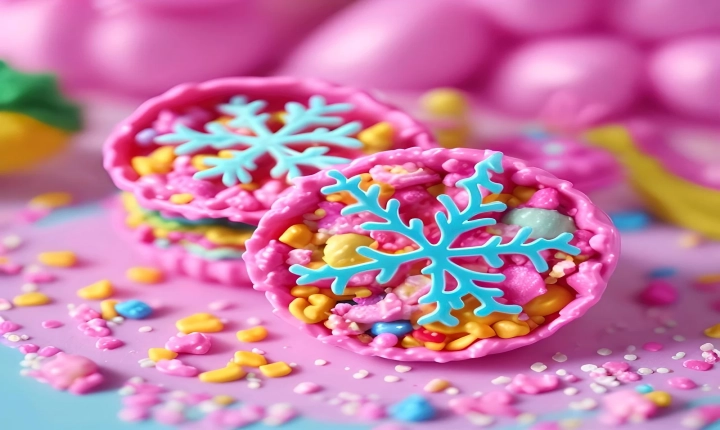Title: Can AI Create? Exploring the Role of AI in Creative Industries
Introduction
Artificial intelligence (AI) has been creating ripples across various industries, from healthcare and finance to manufacturing and transportation. However, one area that has sparked significant curiosity and debate is the role of AI in creative industries. Can AI truly create art, music, or literature that rivals the work of human creators? This article seeks to explore this question and shed light on the potential of AI in creative endeavors.
AI and Creativity
Traditionally, creativity has been seen as a uniquely human trait, requiring the ability to think, feel, and conceptualize in a way that machines cannot. However, recent advancements in AI have challenged this notion. AI has demonstrated the capability to generate art, compose music, and even write literature in a manner that blurs the line between human and machine creativity.
Generative Adversarial Networks (GANs) and Recurrent Neural Networks (RNNs) are two examples of AI technologies that have been used to create art and music. These algorithms can analyze and learn from vast amounts of existing creative content, enabling them to generate new, original pieces that mimic the style and characteristics of human-created works. Similarly, natural language processing models have been employed to write poems, stories, and even news articles.
AI in the Creative Process
AI is not merely a tool for replicating existing creative output; it can also be integrated into the creative process to inspire and augment human creativity. For example, visual artists and designers have used AI to generate novel concepts, patterns, and styles that serve as a springboard for their own artistic endeavors. Musicians and composers have leaned on AI to experiment with new melodies, harmonies, and rhythms that push the boundaries of traditional music composition.
Furthermore, AI has the potential to democratize the creative process by making it more accessible to individuals who may lack formal training or expertise in artistic disciplines. Platforms and software tools powered by AI can assist novices in generating art, music, and writing, thus lowering the barriers to entry in the creative realm.
Challenges and Considerations
While AI’s foray into creative industries holds promise, it also presents several challenges and ethical considerations. One concern is the potential displacement of human creators, as AI-generated content becomes more prevalent. Additionally, questions around the ownership and authenticity of AI-created works arise, particularly in the context of copyright and intellectual property laws.
Moreover, the inherent biases and limitations of AI algorithms pose a significant hurdle. AI models trained on historical datasets may perpetuate societal biases and lack the nuanced understanding of human emotions and experiences that underpin much of creative expression.
Conclusion
In conclusion, the question of whether AI can create is a complex and evolving one. While AI has demonstrated remarkable abilities to generate art, music, and literature, its role in creative industries is best viewed as a collaboration between human and machine. By leveraging the strengths of AI to augment human creativity, we can unlock new possibilities and push the boundaries of what is conventionally deemed as creative output.
As we navigate this intersection of AI and creativity, it is crucial to remain mindful of the ethical implications and to ensure that AI serves as a tool to empower and inspire human creators, rather than replace them. Ultimately, the fusion of AI and human ingenuity has the potential to enrich the creative landscape and shape the future of artistic expression.
